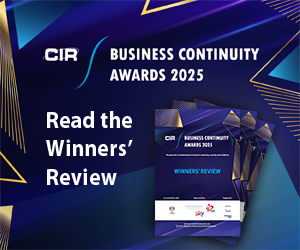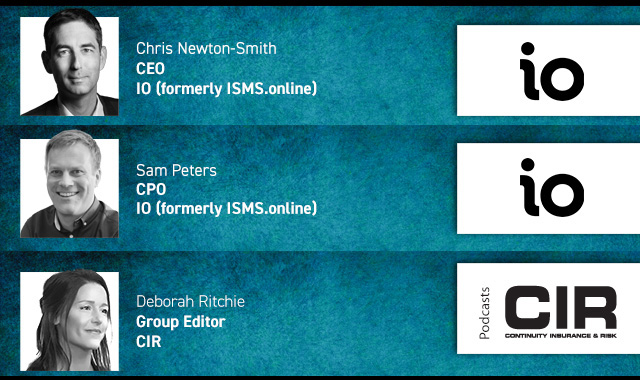Secondary perils such as floods, fires and severe convective storms now make up a larger portion of catastrophe losses in recent years than the insurance industry's peak perils of tropical cyclones and earthquakes.
This is amongst the findings of a report published today by S&P, which looks at the way evolving natural catastrophe risks due to climate change are forcing insurers to reevaluate their relationships with each other.
These secondary perils played a large role in the global reinsurance industry failing to earn its cost of capital for five of the six years between 2017 and 2022, the report notes. The knock-on effect of this new reality has insurers paying more for cover to the reinsurance industry and retaining more risk on their own books.
The S&P Global Market Intelligence report, Evolving Natural Catastrophe Risk, also points to the way in which the increasing frequency and severity of mid-sized events and hurricanes hitting previously unaffected areas has led to an overhaul of the industry's approach to those payouts.
“The insurance industry has often acted as an early warning system for individuals and industries looking to understand and mitigate future risk,” said Raymond Barrett, lead author of the report at S&P Global Market Intelligence. “With climate change expected to increase the severity and frequency of natural catastrophes, understanding this altered risk environment is paramount. Insurers have been beating the drum on a variety of climate change risks for many years so their current focus on extreme weather should be a cross-industry concern.”
Printed Copy:
Would you also like to receive CIR Magazine in print?
Data Use:
We will also send you our free daily email newsletters and other relevant communications, which you can opt out of at any time. Thank you.











YOU MIGHT ALSO LIKE